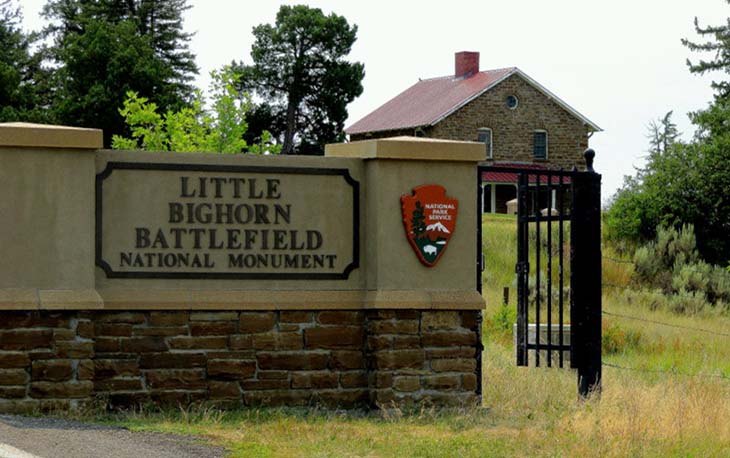I was very pleased to spend a week in Montana, representing MCA at the Little Bighorn Battlefield National Monument and assisting the National Park Service (NPS) with programming and preliminary scope planning for capital improvements designed to improve the visitor experience while enhancing the NPS staff’s ability to interpret, protect and preserve this important cultural and historical site. Our A/E team spent a busy week assessing existing facilities and developing space programs and programmatic layouts for two new facilities at LIBI.


The first project is a new Curatorial Work and Storage Facility. This building is intended to house the vast and expanding art and archeological collection from the Battle of Little Bighorn. This building will include offices, workrooms, conservation space, and a large storage room, all with the goal of preserving the collection that at the current time is not being stored adequately.
The second building is a new Visitor Center and Museum. The Monument’s current visitor center was built in 1954 as a part of the national Mission 66 initiative and was designed for up to 100,000 visitors per year. Since that time, the number of visitors has peaked as high as 422,000 in 2003, and LIBI received 272,000 visitors in 2018. The existing building has an inefficient layout and does not flow in the way that the park requires for its increased visitor count, updated programs and new interpretive opportunities. Additionally, the museum is too small to properly display the expanding collection and is not designed with environmental conditions to properly preserve the items on display. Particularly challenging is that the new building must be placed in the same footprint as the existing due to the archaeological nature of all the land in LIBI.

We met with Parks Superintendent Mr. Wayne Challoner, and the Park Curator, Education Director and Facilities and Law Enforcement leadership teams to discuss the programmatic elements needed for these new spaces. Additionally, we met with a Curator from the NPS Western Museum division to discuss the specific elements needed for the museum and curation building. This information was used to generate a detailed report that includes existing conditions assessment and analysis, programming requirements, including preliminary scope layouts and projected costs associated with these new buildings. We are very honored to be a part of the FEA team for this substantial National Park Service effort as we visit and assess many of the National Park facilities and Monuments throughout the NPS Pacific West, Intermountain and Alaska Regions of U.S.


